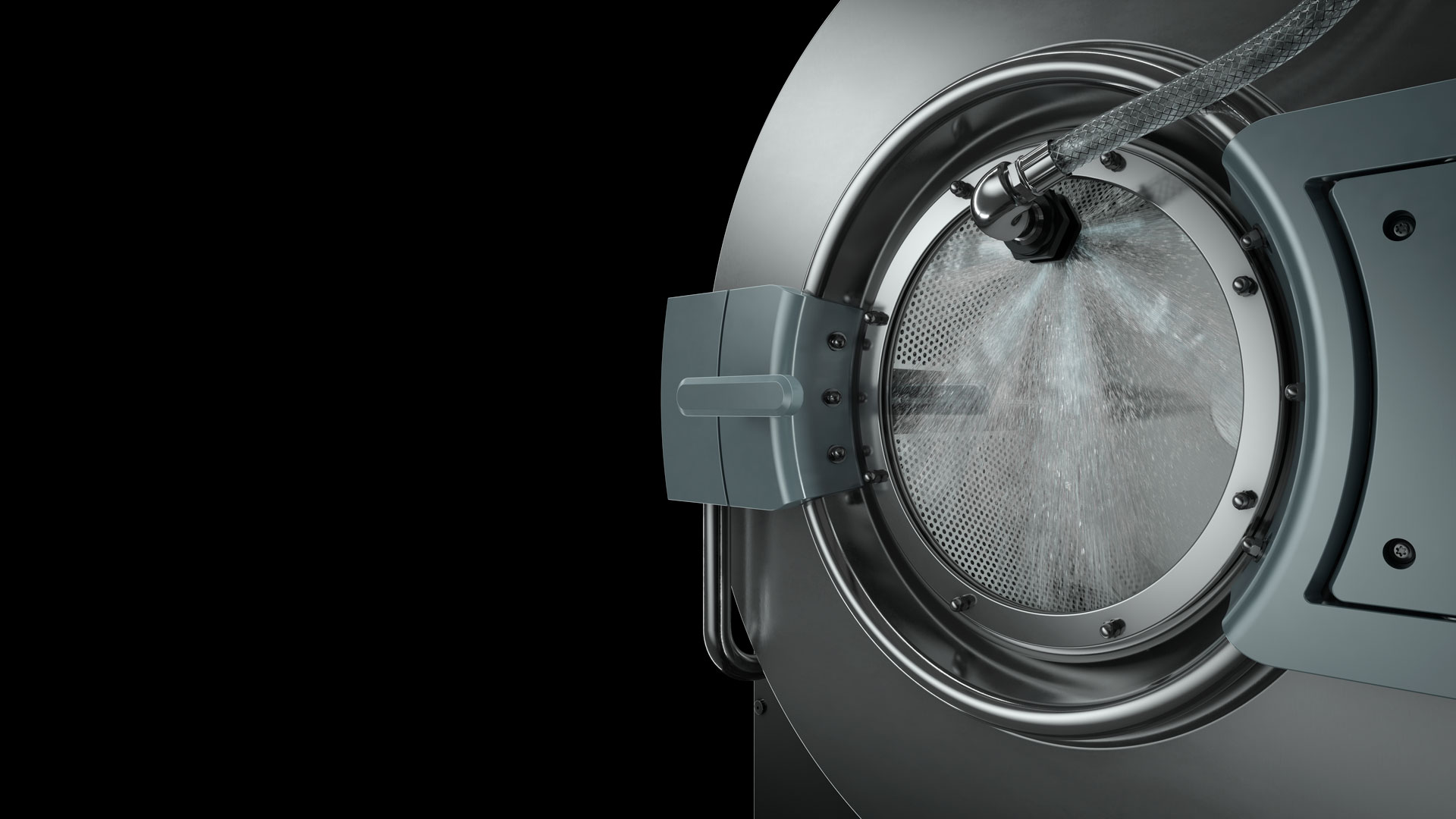Features that Deliver

When on-premises laundry managers are shopping for new equipment it’s important to identify what features available can truly make a difference in their operation. Features, not fluff, are what help reduce costs, streamline operations and increase throughput. Taking a total-package approach can deliver significant return on investment.
For instance, it may seem like UniMac’s OPTispray might be just a “nice-to-have” feature; that is until you see the time and water savings it produces with each cycle. Consider the difference between a shower and a bath. Showers are quick and use less water. The same is true of OPTispray versus bath rinses – rinse steps are faster than waiting for a full wash cylinder to fill and also use less water. In addition, the high-pressure rinse removes more soil and residual chemistry which helps:
- Prolong linen life. – residual chemistry can get “baked” into linens during drying or finishing. This will greatly reduce linen life. By removing more detergent, etc. the laundry is able to extend the life of linens.
- Better quality. – Linens with high amounts of leftover chemistry in them suffer with poor quality – sheets feel hot, and rough, and towels are not as soft or absorbent. Better rinse, better quality.
Managers can parlay utility savings further by addressing the common mistake of over-drying linens. Over-drying by just eight minutes can cost as much as $4,866 in wasted labor and $883 in wasted utilities annually.
By employing UniMac tumble dryers equipped with OPTidry laundries benefit from truly accurate moisture sensing technology that dries to set level. Much like OPTispray, the benefits include improved quality and longer linen life as well as the savings in labor and utilities.
When shopping for replacement equipment, be sure to look for areas where you want to improve costs as well as the idea of price versus cost over time. Often, the lower price machines end up increasing the cost of operations more over the life of the equipment because they lack features to drive efficient use of labor and utilities.
